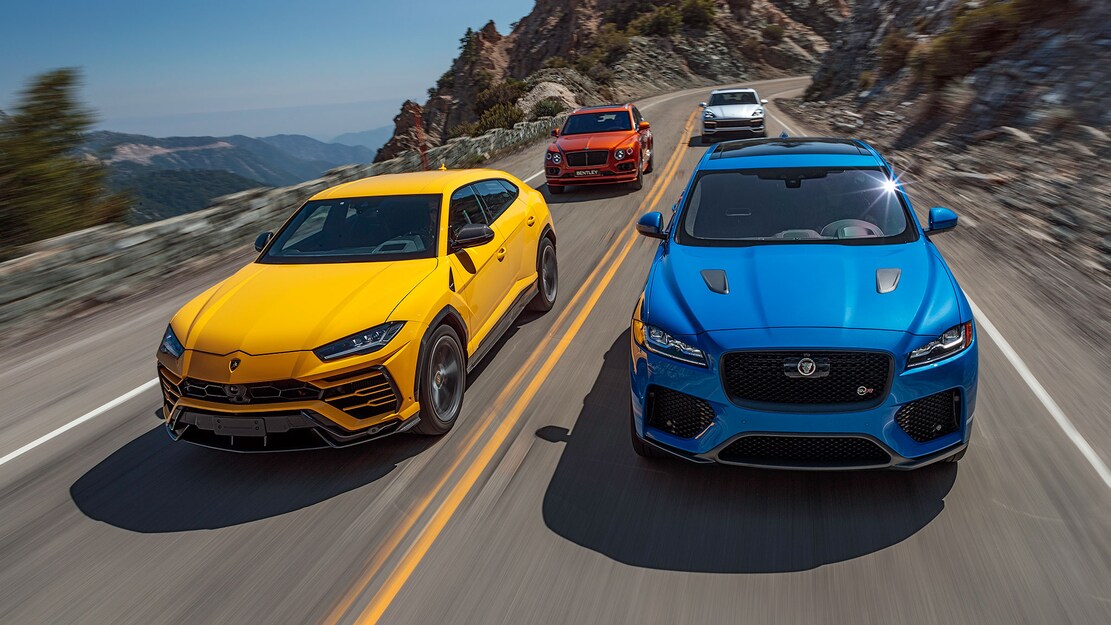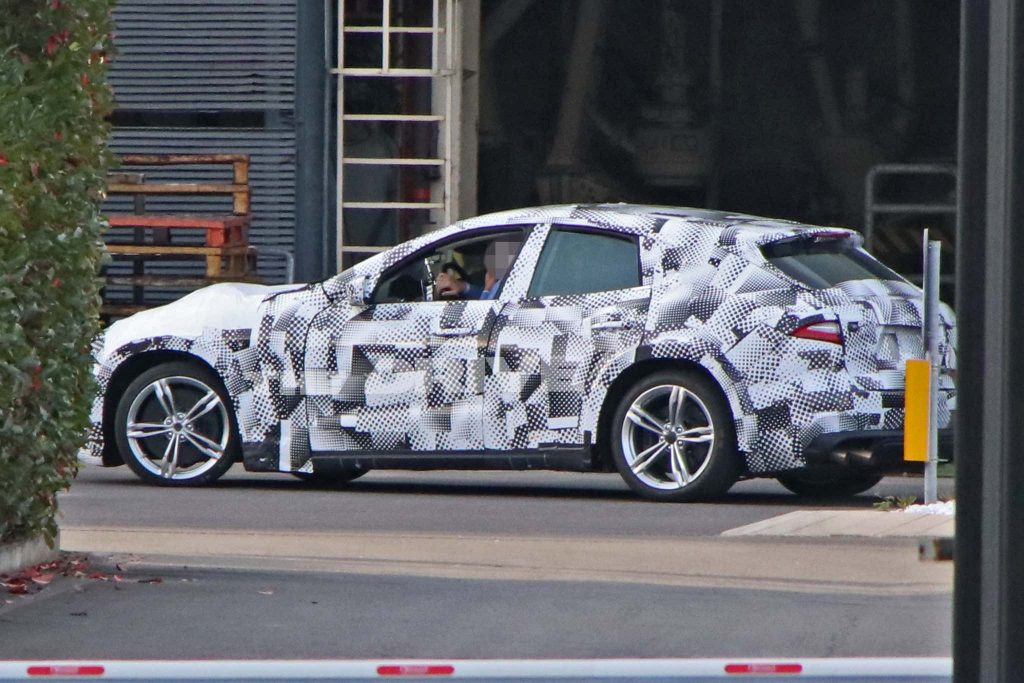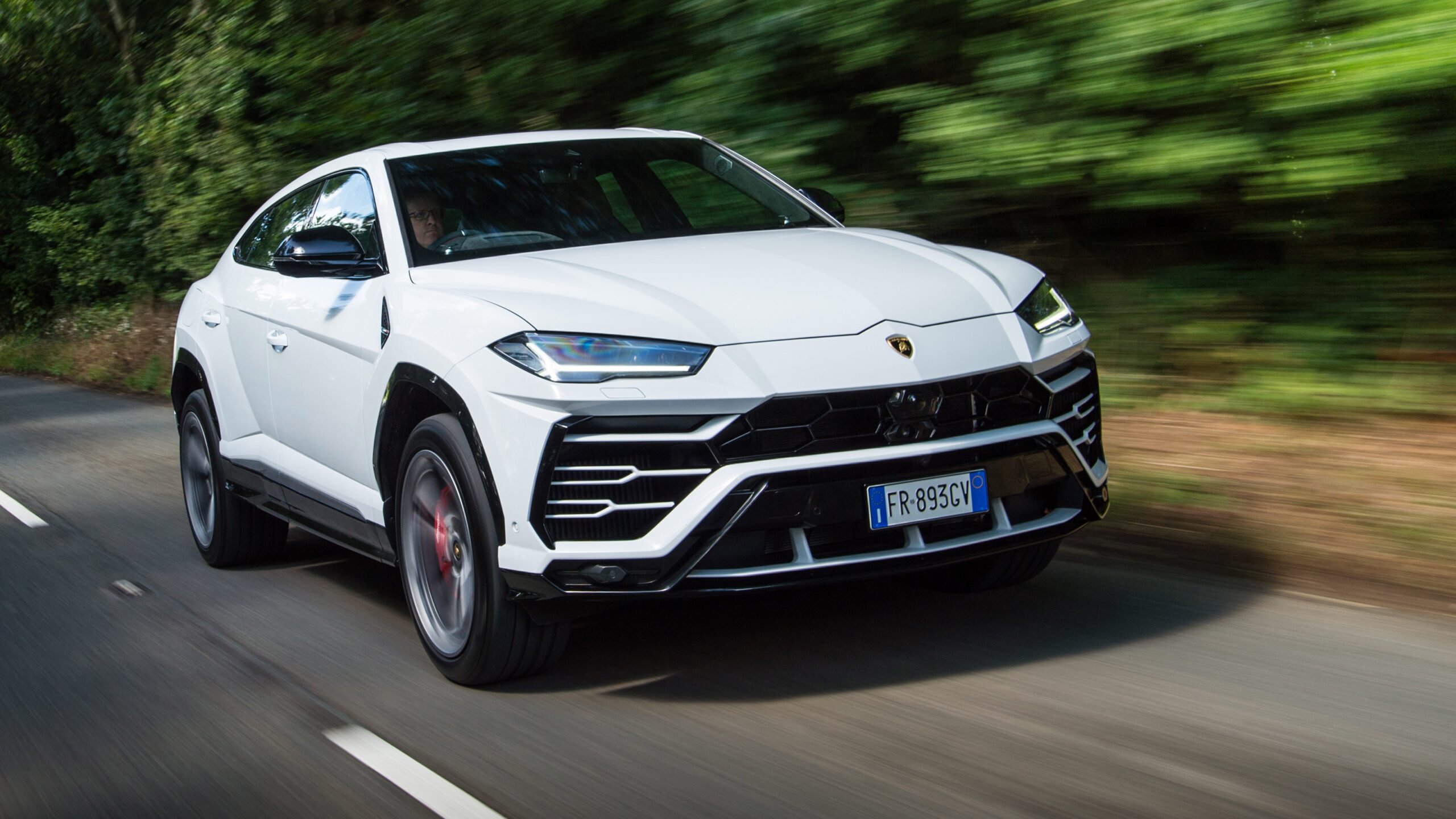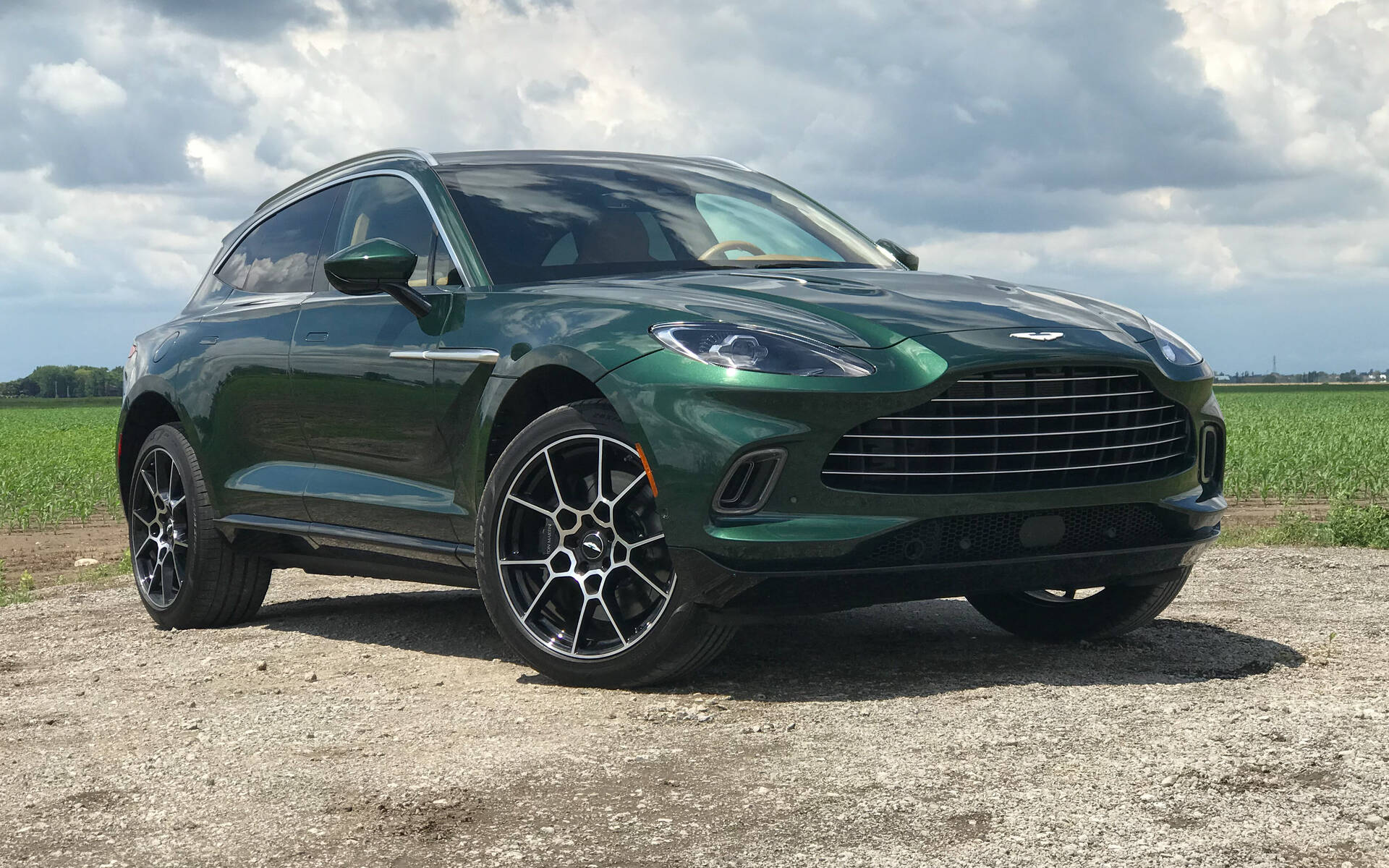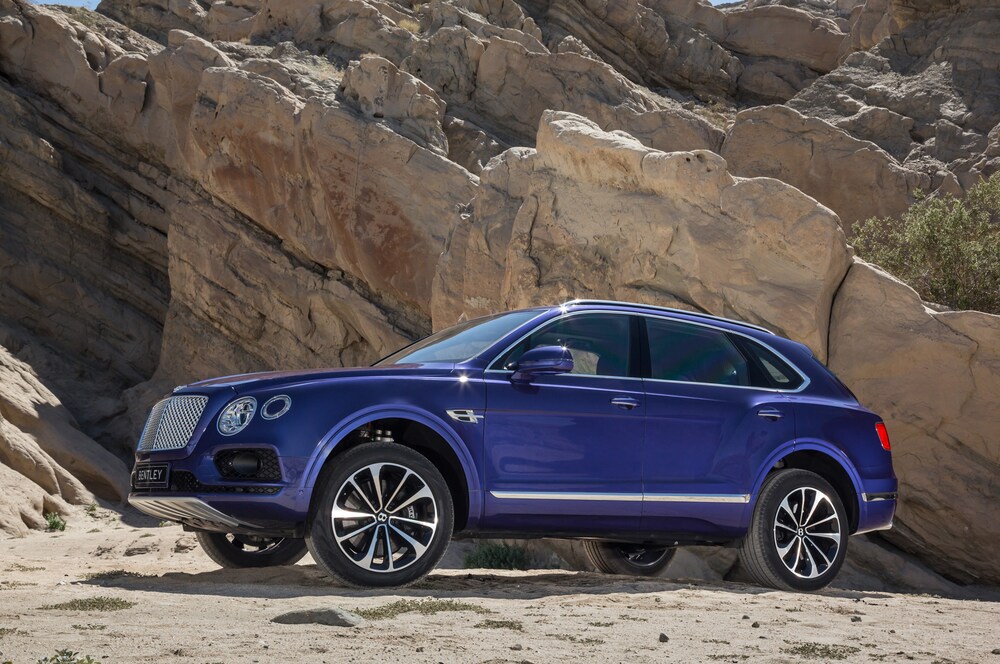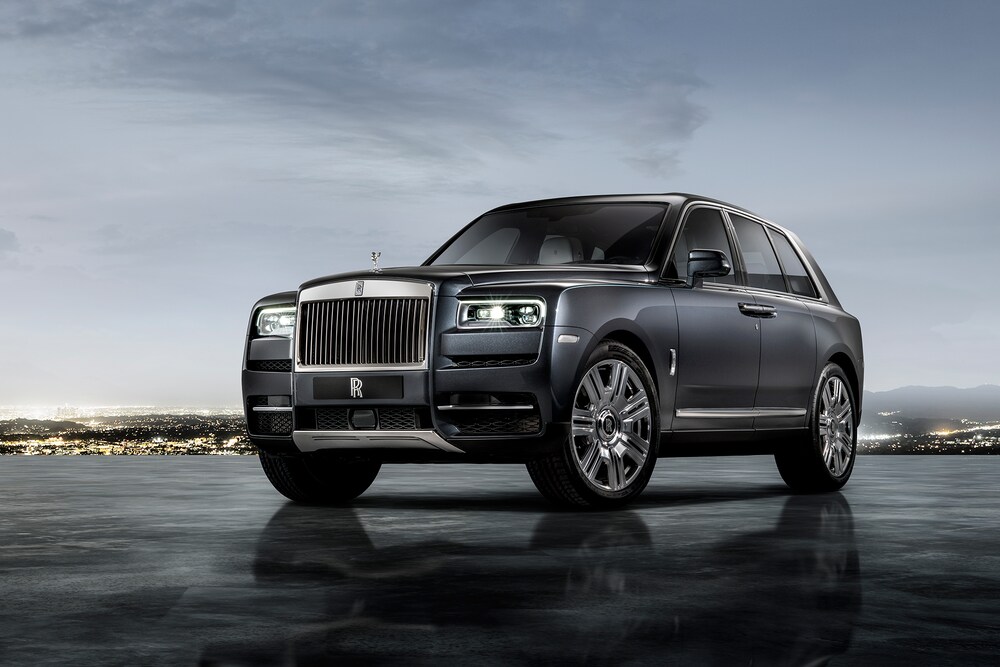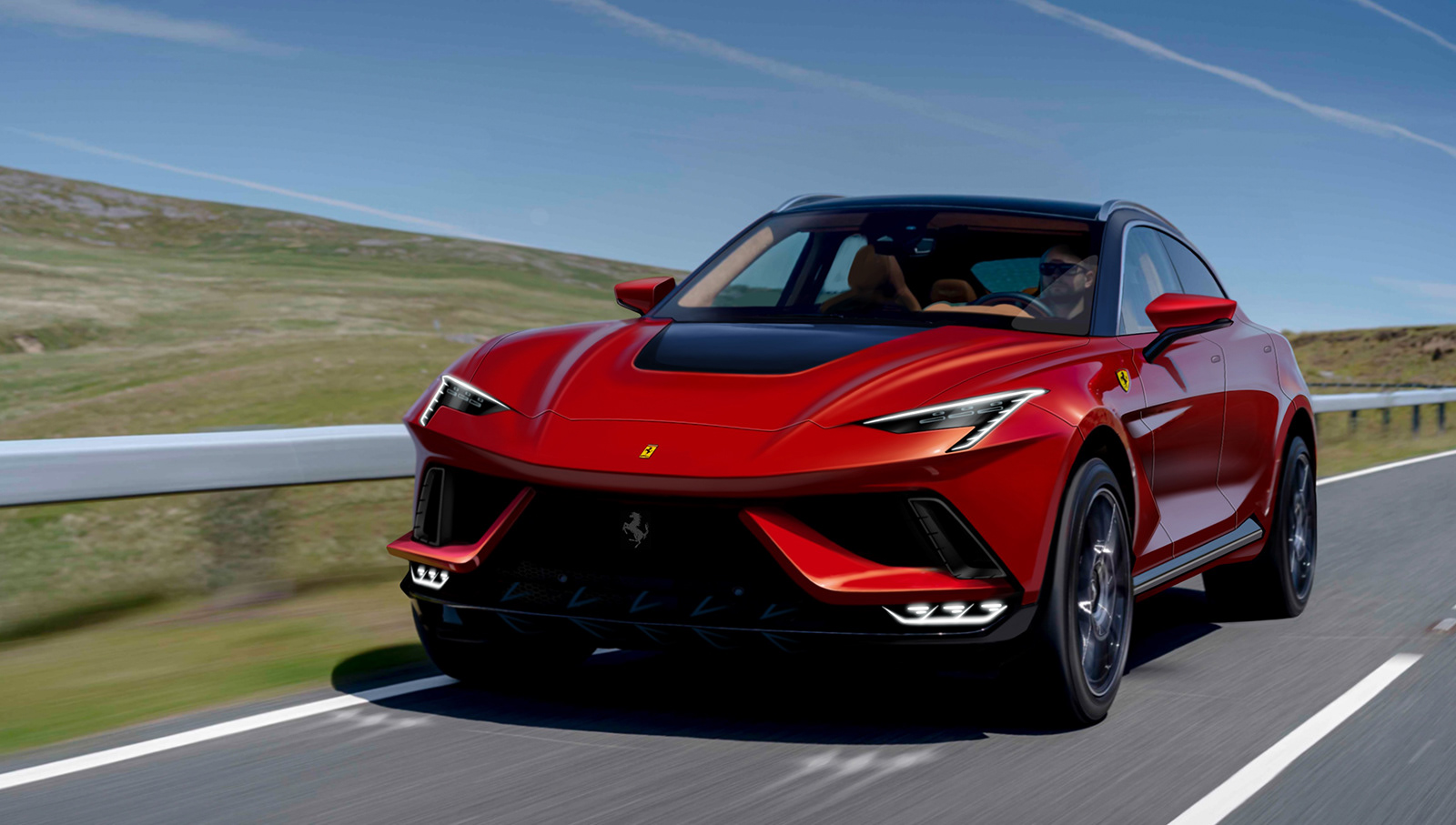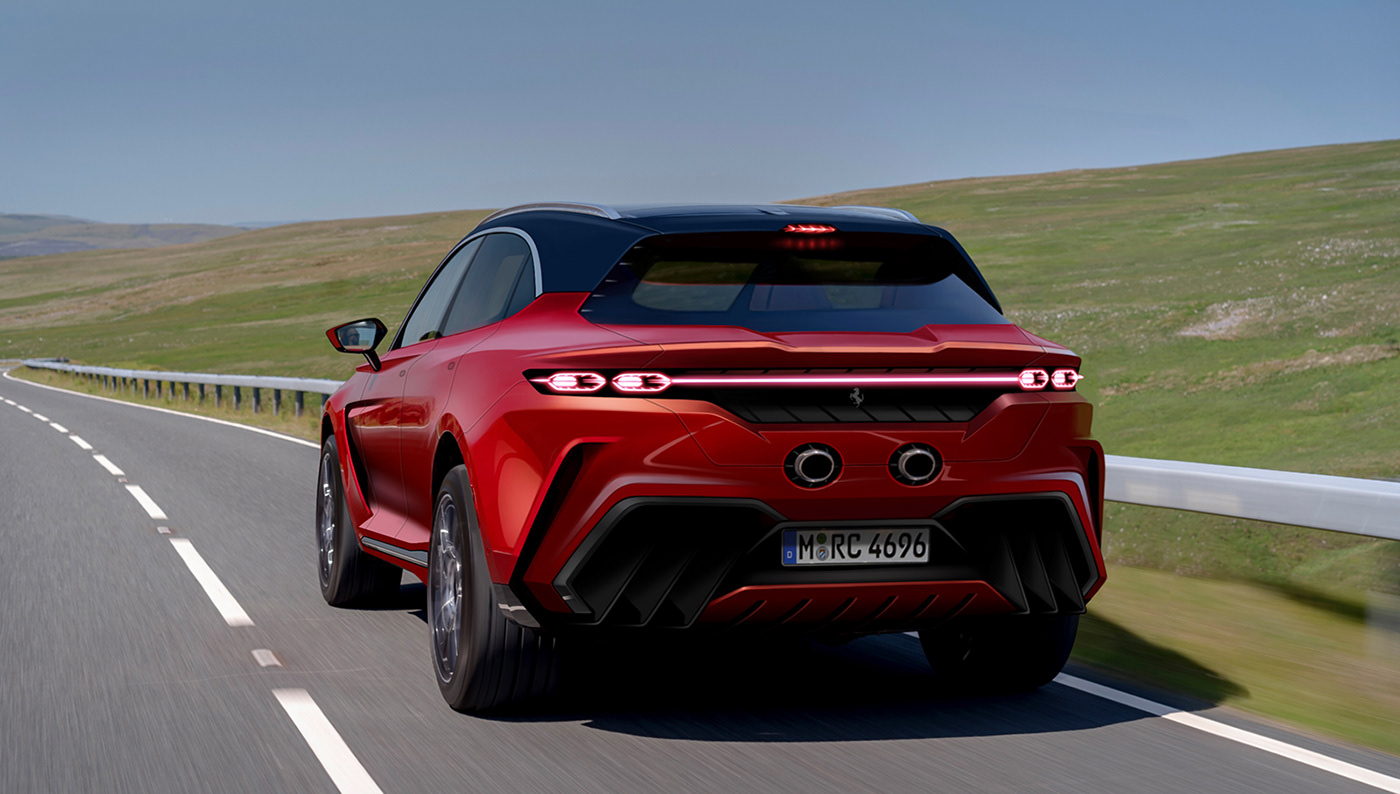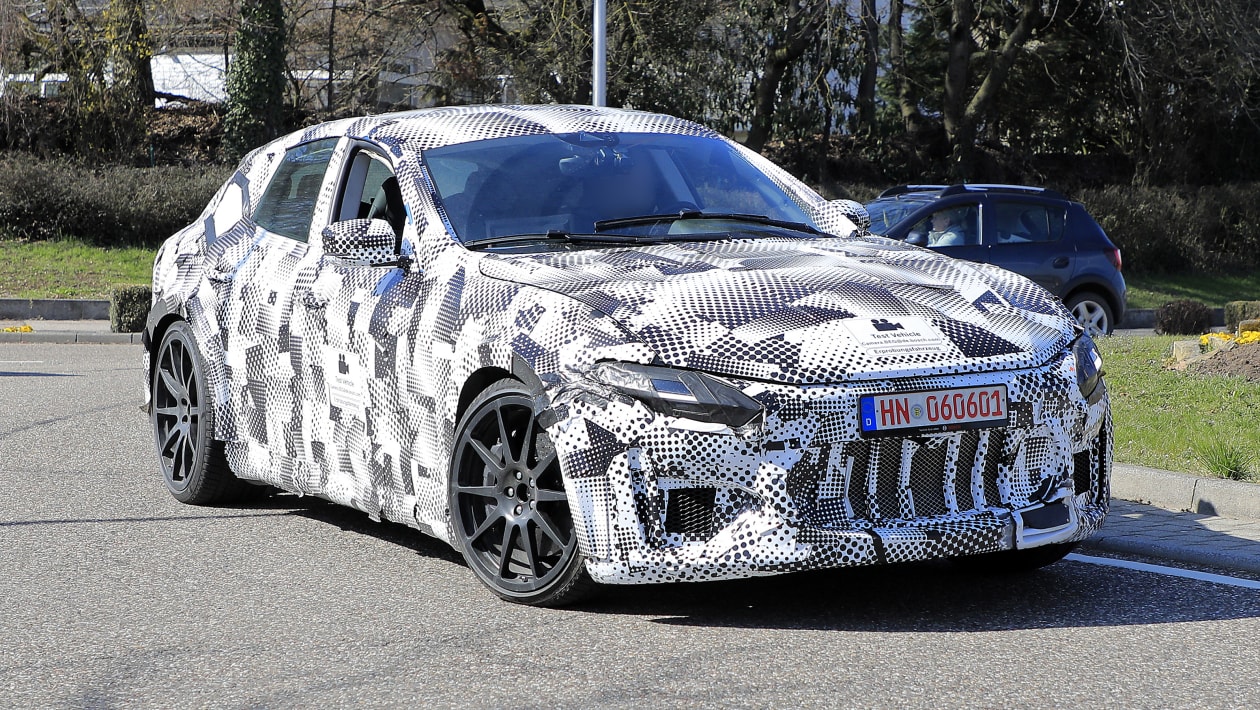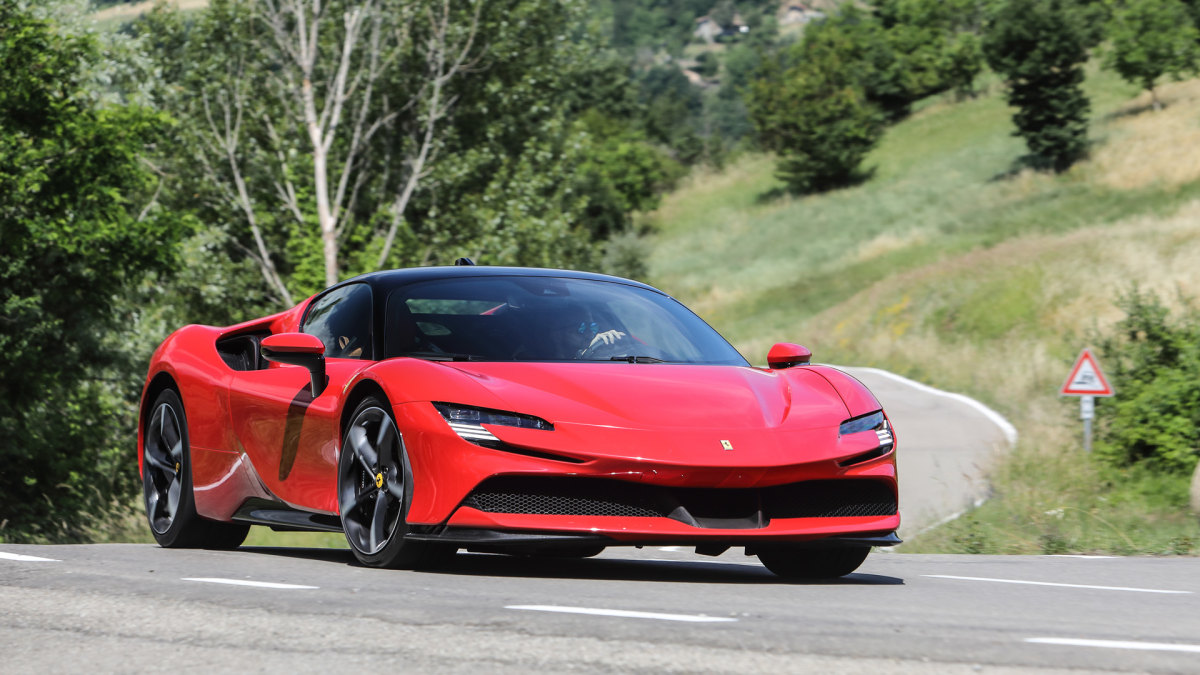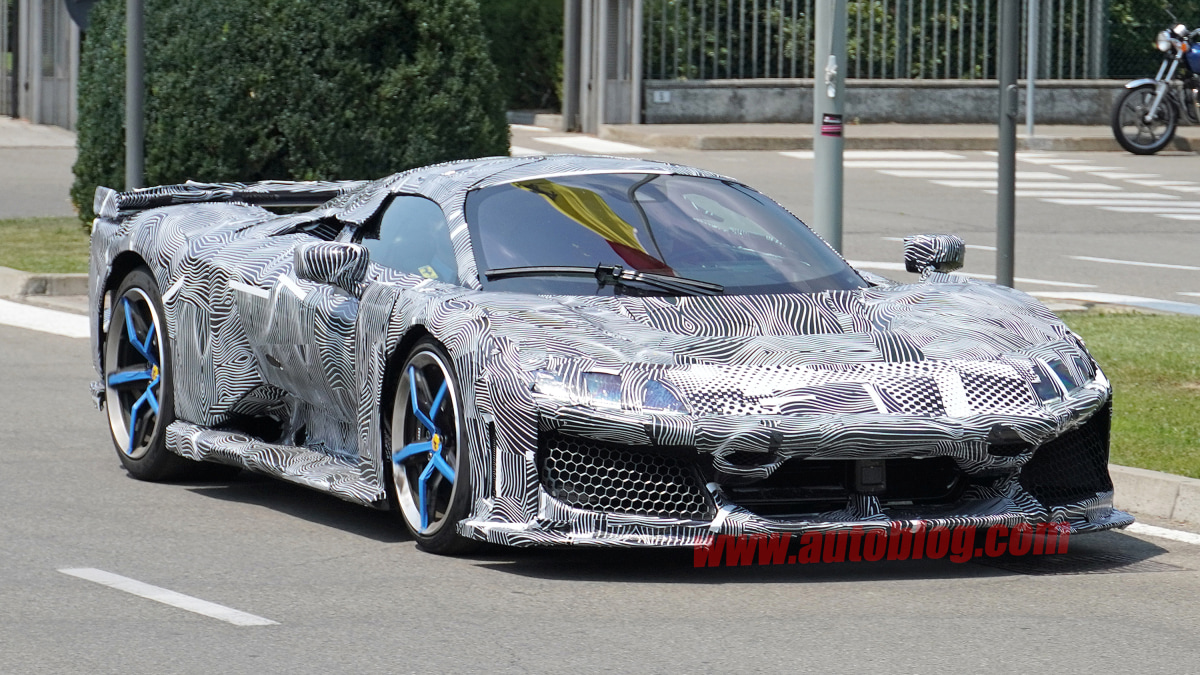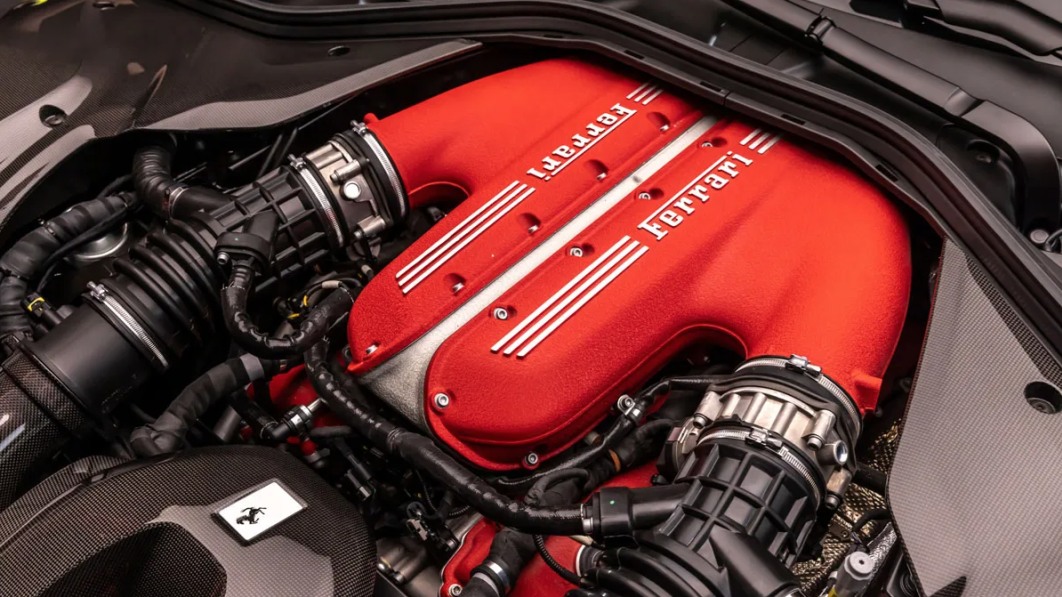In 2015, Ferrari design chief Flavio Manzoni boldly declared that an SUV with the prancing horse logo was an unthinkable concept. He said that company founder Enzo Ferrari would ‘turn in his grave’ if the carmaker ever decided to jump on the SUV bandwagon.
This was even as the SUV segment was proving to be the ‘next best thing’ in the automobile industry. SUVs outsold sedans for the first time in 2015, and industry watchers were stunned by rapidly accelerating global SUV sales.
Carmakers wasted no time exploiting this opportunity—even marque brands like Bentley and Rolls Royce, who traditionally favoured sedans and coupes over any other body type. In 2016, Jaguar, Maserati and Bentley all unleashed luxury Sport Utility Vehicles. The next year, Lamborghini followed suit with the Urus, and then Rolls Royce redefined the concept of SUV luxury with the imperious Cullinan, unveiled in 2018.
The only notable exception was Ferrari. The carmaker was just not willing to compromise its sportscar ethos by going down the SUV path. By 2017 though, cracks in Ferrari’s resolve were beginning to show, and the notion of a prancing horse SUV no longer seemed far-fetched.
During a conference call in August of that year, Sergio Marchionne, then Ferrari Chairman, stated that the company was considering ‘some sort of a utility vehicle.’ That consideration soon became a certainty when Ferrari confirmed it was going to build an SUV after all. Its name? The Purosangue, Italian for ‘thoroughbred.’
Ferrari’s About-Turn
There was a certain inevitability about Ferrari’s change of stance regarding the production of an SUV. You can only thumb your nose at one of the most lucrative automobile sectors for so long. Ferrari would have seen how rivals like Lamborghini were churning out record profits, driven mainly by the sale of performance SUVs.
The figures don’t lie—and here, we showcase a couple of examples that shed more light on just how important it was for Ferrari to hop on the performance SUV train.
The Urus: Lamborghini’s Cash Cow
The final production version of the Lamborghini Urus, dubbed the world’s first Super Sports Utility Vehicle (SSUV), debuted in December 2017 and has enjoyed a meteoric rise to become one of the brand’s most successful models to date. 2018 was the first model year for the Urus, and in that year, Lamborghini’s sales grew by a massive 51%, from 3,815 cars sold to 5,750. Lamborghini shipped 1,761 Urus SUVs to customers, translating to about 1 in every three vehicles sold.
| Year | Urus | Total Sales | Urus Percentage of Total Sales |
| 2018 | 1,761 | 3,815 | 46% |
| 2019 | 4,962 | 8,205 | 60% |
| 2020 | 4,391 | 7,430 | 60% |
It has only gotten better for Lamborghini. The carmaker declared record profits in 2019, and the noticeable dip in 2020 was largely due to a 70-day production shutdown as the carmaker grappled with the effects of the COVID-19 global pandemic.
2021 is already looking to be another strong year for the brand in terms of sales, and as it’s been for the past couple of years, it’s all down to the runaway success of the Urus. In July 2021, Lamborghini celebrated the production of the 15,000th Urus performance SUV.
To put that into perspective, the Gallardo, Lamborghini’s most successful model before the Urus, needed a decade of production to hit 14,000 units. The Urus has exceeded that mark in a little over three years!
DBX: A Lifeline for the Brand
Aston Martin’s struggle for survival is no secret within the automobile industry. The carmaker has gone bankrupt an astounding seven times since its incorporation in 1913, and today, it faces a tough uphill climb to remain in business.
In 2020, the carmaker reported a loss of $640 million before tax, almost quadrupling the $165 million loss for 2019. Andy Palmer, the chief executive, also stepped down from his post that year after a 94% collapse in share price.
Amid all that doom and gloom, the DBX emerged as the only real ray of hope for the ailing brand. The SUV was unveiled at the Los Angeles Auto Show in November 2019, and the first customer units rolled off the assembly line in July 2020.
That’s seven months in, yet the sporty SUV still accounted for almost 50% of Aston Martin’s total sales for the full fiscal year. Aston Martin sold 3,394 cars that year, and 1,516 units were DBX SUVs. The high demand continued in 2021, and for the first six months of 2021, 1,595 SUVs have been sold, representing about 55% of total sales volumes.
The DBX is already doing a fine job of propping up the brand, and though these are early times yet, the performance SUV may just be the spark that Aston Martin needs to get back on track.
Other Carmakers Riding the SUV Boom
Lamborghini and Aston Martin are not the only ones taking advantage of the boom in the SUV sector. Porsche is another carmaker that has gotten in on the act with its highly successful SUV offerings. In 2020, SUVs made up more than two-thirds of Porsche’s US sales, up from less than one-third in 2010. The Cayenne and Macan SUV variants continue to lead the charge today (alongside the Taycan, another successful Porsche model).
Bentley and Rolls Royce also have their own SUVs, uber-luxurious offerings that redefine the heights of exclusivity and pampered indulgence. The Bentley Bentayga and Rolls Royce Cullinan have spawned performance variants in the form of the Bentayga Speed and the Cullinan Black Badge.
These models are indicative of their brands’ intentions to remain in the sector at least for the foreseeable future, and why not? Bentley has sold over 20,000 units of the Bentayga, and in January 2020, Rolls Royce announced the highest sales figure in its 116-year history—a number driven primarily by the popularity of the Cullinan.
What We Know About the Ferrari Purosangue
Ferrari is all about tradition and upholding the foundational values that have set it apart over the years. However, it’s still a commercial business at the end of the day and its bottom line—profit—is just as crucial as any fabric of culture and heritage. That is why a perfect business case can be made for the upcoming Ferrari Purosangue.
Ferrari Purosangue Design
Ferrari has refused to classify the Purosangue as a Sports Utility Vehicle, instead, and somewhat hilariously, opting for the term, ‘Ferrari Utility Vehicle’ (FUV). It suspiciously looks like an attempt by Ferrari to avoid saying there’s an SUV in the model lineup, considering the initial resistance to the idea. Yes, it may not fit the mould of a traditional SUV, but spy shots suggest that it will be more of a crossover SUV than anything else, at least.
The Purosangue is the first front-engined car after the Roma to use the new modular platform the company announced in 2018. The platform has been modified for the SUV, though (or FUV), to create room for four passengers.
There’s been very little to work with in terms of the final design. Ferrari has been very clever with the Purosangue test mules hidden under Maserati Levante bodywork. External design images that exist are primarily online renderings of what a production-ready Purosangue could look like.
Ferrari Purosangue Powertrain
Ferrari confirmed that the Purosangue would be available with multiple powertrains, and there are electric motors somewhere in the mix. It will not be out of place to expect V6 or V8 variants and a range-topping V12 that receives a power boost from electric motors. That hybrid setup has already been tried out in some form with the LaFerrari and, more recently, the SF90 Stradale.
Not much is known about specific power outputs, but the Ferrari Purosangue will be no slouch in the power department judging by the competition. The Aston Martin boasts 542-hp, while a 641-hp twin-turbocharged V8 drives the Lamborghini Urus. Then, there’s the heavy-hitting Bentayga Speed that packs a 626-hp W12 power plant.
Ferrari Purosangue Interior Layout
Ferrari has kept mum about the interior of the Purosangue, but being an SUV, it should have seating space for four adults at the minimum. Ferrari is primarily a performance brand, but the carmaker also understands how to play the luxury game, so you can expect generously applied layers of plush leather and carbon-fibre trims on the interior.
There will undoubtedly be an extensive options list available for customers who wish to personalize their Purosangue, and you can bet there will be many such clients with the bank balance to back up their requests.
The Purosangue should also come with a suite of driver assistance and safety features. Even Ferrari’s entry-level supercar, the Portofino, boasts creature comforts and aids like a 10.3-inch touchscreen, adaptive cruise control, emergency braking, and pedestrian detection.
Ferrari Purosangue Availability
A final production-spec Purosangue is expected to be unveiled sometime in 2022, with deliveries slated for the tail end of the year or 2023. The COVID-19 pandemic and chip shortage have caused disruptions to the automobile industry. However, Ferrari has not said anything about delays to the production process, and test mules were still spotted out testing as recently as September.

